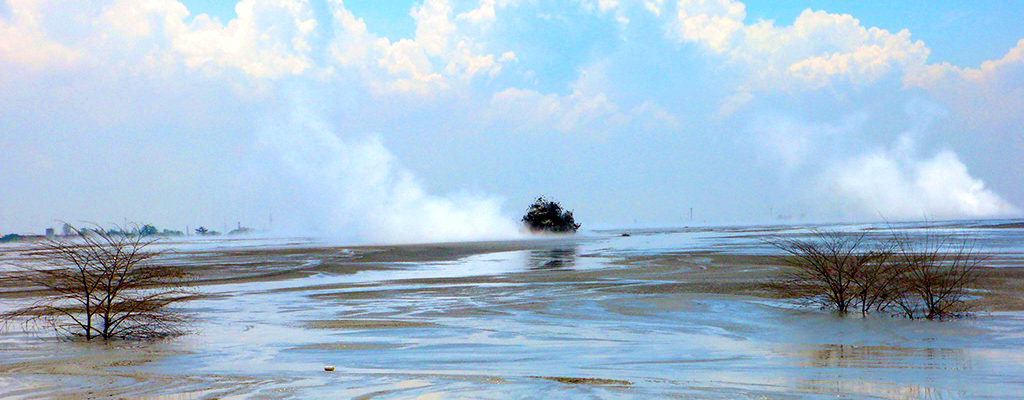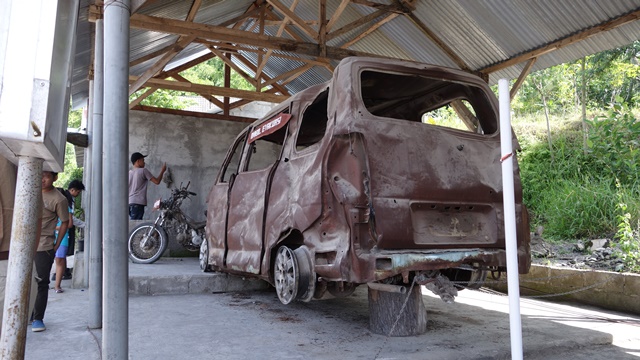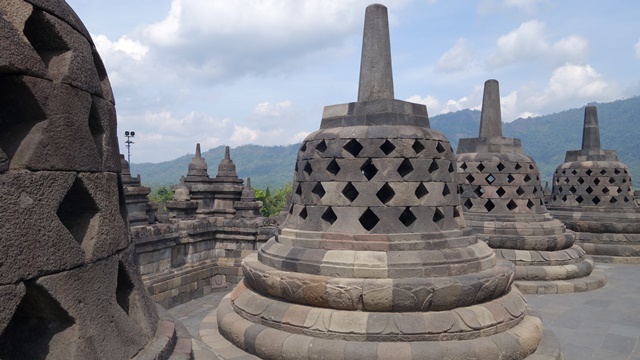31
Oct
2017
On May 29, 2006, a torrent of mud spewed from vents that opened up in the ground in a densely populated area of the Indonesian island of Java. That mudflow eventually buried houses, businesses and roads over an area twice the size of Central Park in New York and drove tens of thousands of people from their homes. More than 11 years later, mud, rocks and gases still sputter from the gashes in the earth there.
17
Oct
2017
WASHINGTON D.C. — On May 29, 2006, mud started erupting from several sites on the Indonesian island of Java. Boiling mud, water, rocks and gas poured from newly-created vents in the ground, burying entire towns and compelling many Indonesians to flee. By September 2006, the largest eruption site reached a peak, and enough mud gushed on the surface to fill 72 Olympic-sized swimming pools daily.
24
Jul
2017
Lusi is possibly the youngest sedimentary-hosted hydrothermal/geothermal system on Earth and is located a few kilometers to the NE of the Arjuno-Welirang volcanic complex. Picture: Humanitus Sidoarjo Fund
27
Sep
2016
Vielleicht war es ein Fehler bei einer Bohrung oder ein entferntes Erdbeben. Seit zehn Jahren jedenfalls sprudelt Schlamm aus einem Loch in Java. Bereits 40 000 Menschen haben ihre Häuser verloren.
21
Sep
2015
“I am surprised that the authors could arrive at such a strong conclusion from such inconclusive data,” said Stephen Miller, a professor of geodynamics and geothermics at the University of Neuchâtel in Switzerland who has published findings in support of the earthquake hypothesis. “All science screams that Lusi is natural.”










